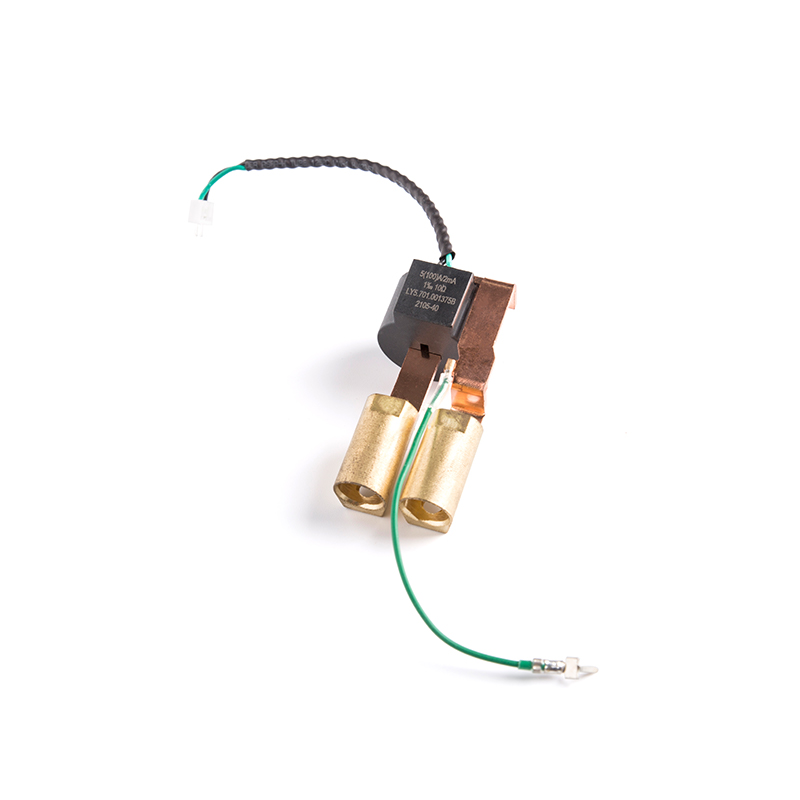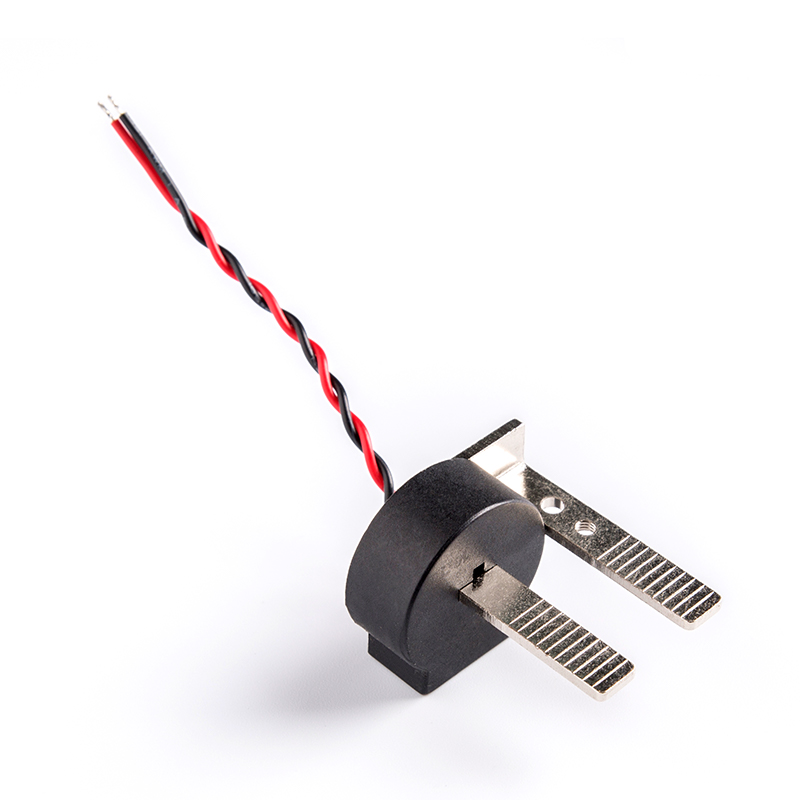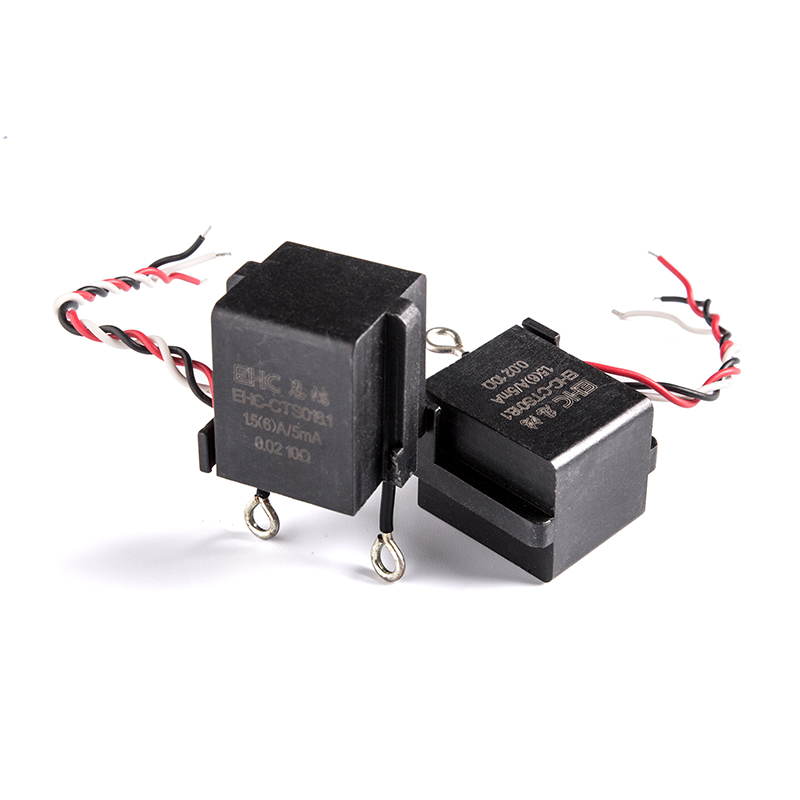Precision transformer cores are used in various electronic equipment to adjust and convert voltage. They also isolate circuits to resist electromagnetic interference, making them a vital component in electrical devices.
In order to achieve high performance, a good transformer core must have low energy losses and a high degree of saturation. These requirements can be met by using a good material with a lower iron loss and higher permeability.
Temperature
The temperature of a transformer is one of the most important parameters that affect its efficiency. If the temperature is too high, it will overheat and become inefficient. This can cause damage to the transformer and lead to power outages, which could pose a risk to buildings and people.
This technology uses distributed optical fiber sensors to monitor the temperature of the entire transformer for online monitoring. It has a variety of benefits over common temperature sensors used in transformers, including the ability to detect hot spots at early stages. This makes it ideal for MV/LV dry, cast resin and oil transformers.
Core Efficiency
The core efficiency of a Precision transformer is an important factor in its performance. High-efficiency models have low losses and are able to deliver more power. This can save energy, resources, and increase the performance and work efficiency of electronic equipment.
In addition to the design, the slitting process is an important first step in ensuring low core losses. The slitting accuracy is critical in avoiding edge burrs and reducing major scrap of material. A slitting process that produces accurate cut-to-length accuracy can also help to minimize the overall loss of the core assembly.
AM-fabricated cores designed based on Hilbert curve geometry exhibited AC magnetic performance comparable to simple cross-sections, with lower eddy-current development and associated power losses.
Losses
A transformer core is a complex component with several losses. It is important to understand these losses in order to improve its performance. These losses include hysteresis loss, eddy current loss, and abnormal loss. Using an accurate testing system can help to measure these losses.
Traditionally, core loss separation is performed based on the Bertotti model. This model performs well in the low magnetic flux density range, but it does not take into account the influence of core oversaturation on the loss in the high magnetic flux density range. This leads to large calculation errors in the hysteresis loss.
Besides having high durability, precision transformer cores have many benefits that make them ideal for use in various applications. They help to save energy, resources, and increase performance and efficiency in the long run. In addition, they are easy to install and have low maintenance costs.
The most popular choice for a magnetic core is iron due to its high permeability and ability to amplify the strength of an electromagnetic field. This increased field can induce a changing voltage in the secondary coil, which results in an alternating current flow.
A precise transformer core production requires a highly accurate cut-to-length and mitred production line. This enables the automation of manual assembly processes and reduces significant scrap of material. It is also crucial to monitor losses throughout the production process in order to guarantee low losses at final core laminations.

 English
English 中文简体
中文简体 Deutsch
Deutsch 日本語
日本語

 View More >>
View More >> View More >>
View More >> View More >>
View More >> View More >>
View More >> View More >>
View More >> View More >>
View More >> View More >>
View More >> View More >>
View More >>